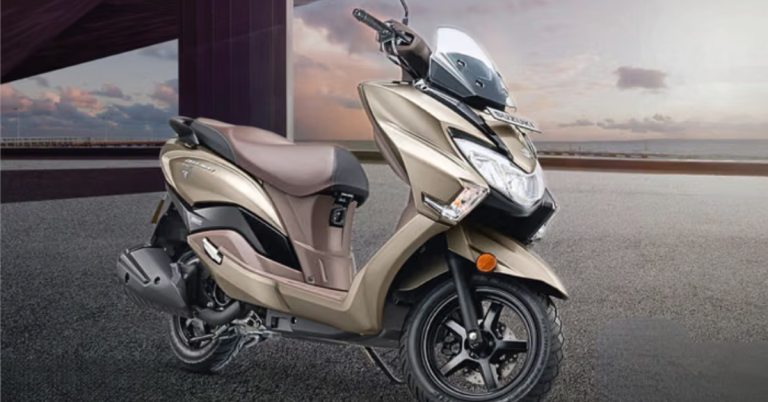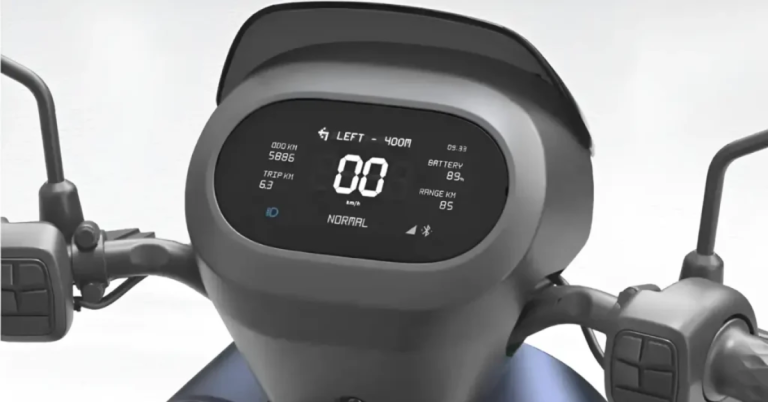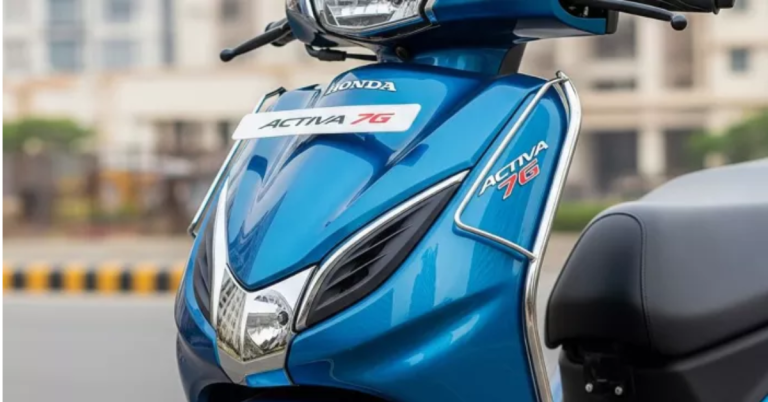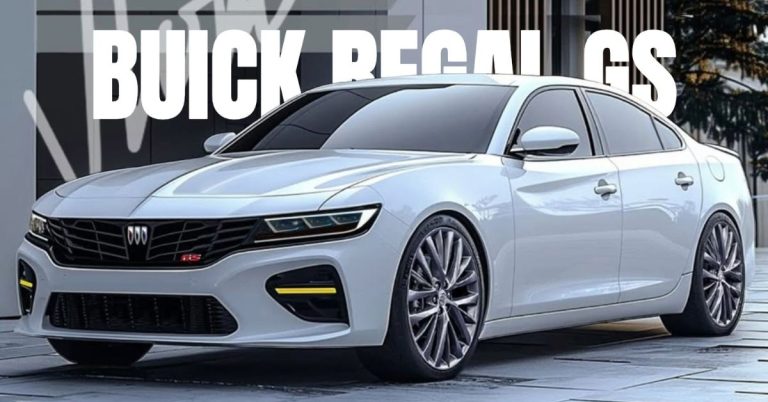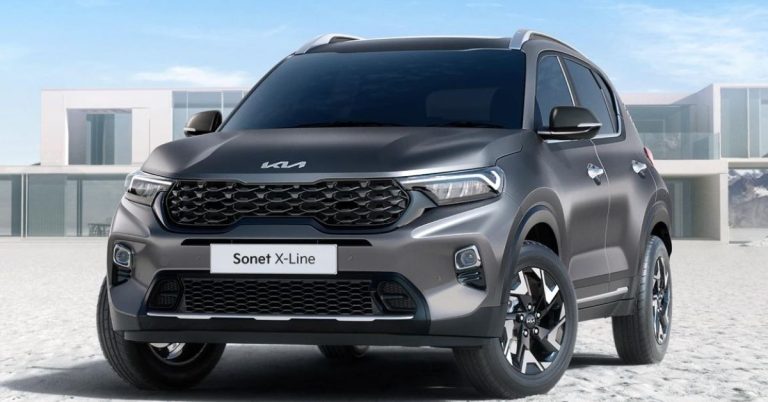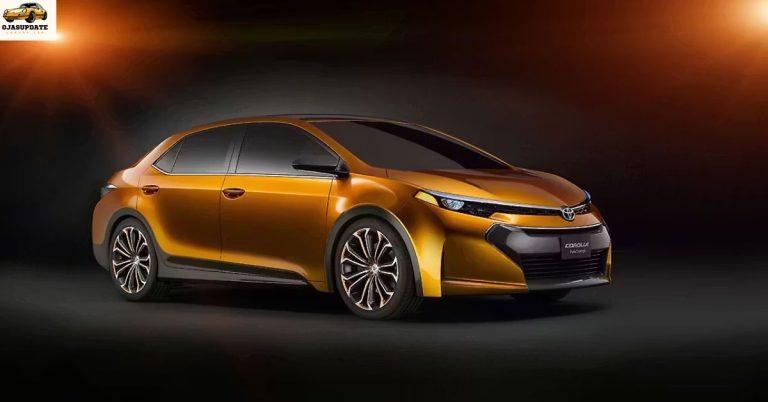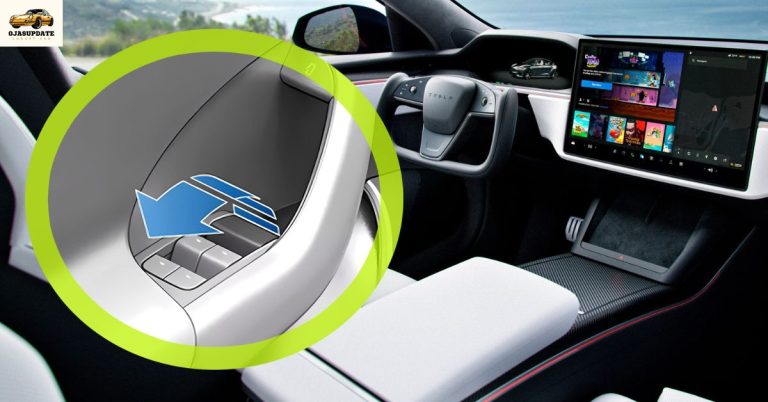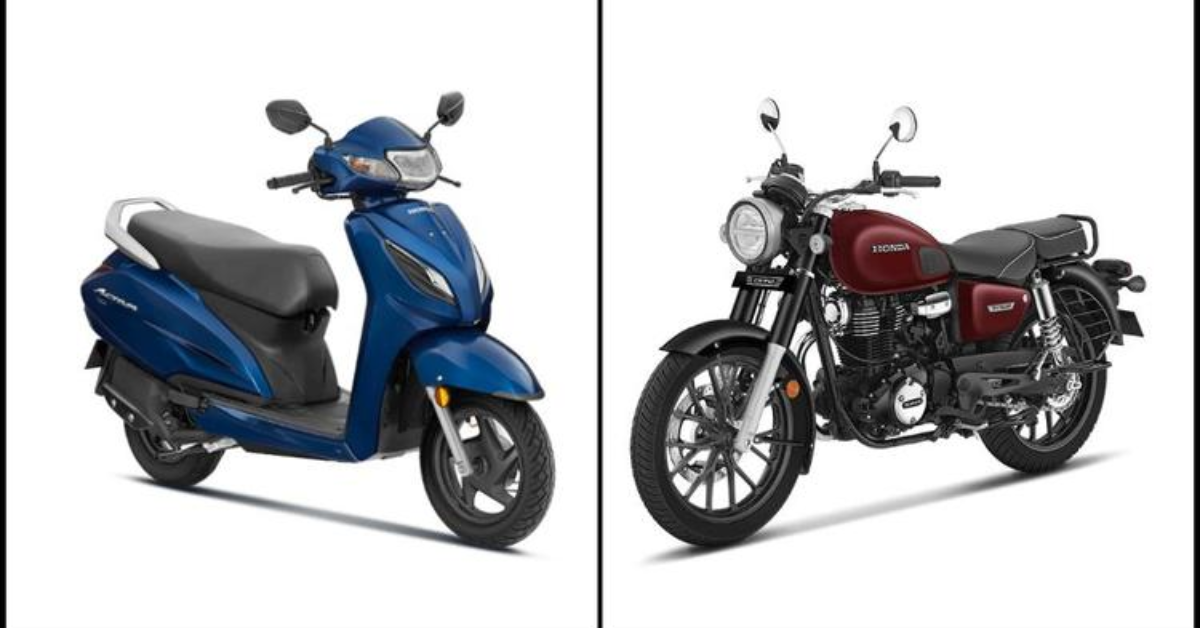
The Indian two-wheeler market has always been highly price-sensitive, and even a small change in pricing can significantly influence sales. With the recent implementation of GST 2.0 reforms, the automobile industry has witnessed a wave of positive changes. One of the biggest beneficiaries of this revision is Honda Motorcycle & Scooter India (HMSI).
Thanks to reduced taxation under GST 2.0, Honda bikes and scooters are now cheaper by up to ₹18,887, depending on the model. This price cut makes popular models such as the Activa, Shine, Unicorn, SP125, and Dio more accessible to Indian customers. Let’s dive deep into what this means for Honda, the customers, and the Indian two-wheeler market as a whole.
GST 2.0 and Its Impact on the Auto Sector
Before we look at Honda specifically, it’s important to understand what GST 2.0 is and why it matters.
- Simplified Taxation Structure: GST 2.0 is designed to rationalize tax slabs for automobiles, particularly in the two-wheeler segment.
- Lower Tax Burden: Entry-level bikes and scooters, which previously attracted higher tax rates, now enjoy reduced levies, resulting in direct price cuts.
- Customer Benefits: This makes owning a two-wheeler more affordable, especially for rural and urban middle-class buyers.
- Boost for Manufacturers: Lower prices can increase demand, thereby boosting sales volumes.
Honda’s Role in the Indian Two-Wheeler Market
Honda is one of the largest two-wheeler manufacturers in India, competing with brands like Hero MotoCorp, TVS, and Bajaj. Its scooters, especially the Honda Activa, dominate the market with massive sales figures every month.
By offering a mix of commuter motorcycles, scooters, and premium products, Honda has established itself as a brand trusted for reliability, fuel efficiency, and value for money. The GST 2.0-driven price cuts only strengthen Honda’s market positioning.
How Much Cheaper Are Honda Bikes and Scooters Now?
The price reduction varies depending on the model. Let’s look at an overview of what customers can expect:
- Honda Activa 6G / Activa 125
- Reduction: Around ₹5,000–₹7,500
- As India’s most popular scooter, the Activa becomes even more appealing to daily commuters and families.
- Honda Dio
- Reduction: Around ₹4,500–₹6,800
- A favorite among younger riders, the Dio’s lower price makes it an attractive option in the entry-level scooter market.
- Honda Shine (125cc)
- Reduction: ₹7,000–₹10,500
- Known as one of India’s most reliable commuter bikes, the Shine is a huge beneficiary of GST 2.0 pricing.
- Honda SP125 / Unicorn
- Reduction: ₹9,000–₹14,000
- These motorcycles cater to customers who want both performance and economy, and the revised pricing makes them more competitive.
- Premium Models (CB350, Hornet 2.0, CB200X, etc.)
- Reduction: Up to ₹18,887
- The biggest cuts are seen in the premium range, where customers benefit the most in terms of savings.
Why This Price Cut Matters to Customers
For many Indian families, a two-wheeler is not just a mode of transport but a lifeline for daily commuting. The reduction of up to ₹18,887 makes a tangible difference:
- Affordability: Customers can now purchase higher-segment models that were earlier out of their budget.
- Lower EMI Burden: For those financing their two-wheeler purchase, reduced prices mean smaller EMIs.
- Encouragement for First-Time Buyers: Lower entry-level pricing encourages students, young professionals, and rural households to opt for Honda scooters and bikes.
- Better Value for Money: Customers feel more confident about their investment with improved affordability.
Competitive Edge for Honda
The Indian two-wheeler segment is extremely competitive. Brands like Hero, TVS, Yamaha, and Bajaj are constantly battling for market share. With this price cut:
- Honda strengthens its dominance in scooters with Activa and Dio becoming even more cost-effective.
- Honda commuter bikes like Shine and SP125 gain an edge over rivals like Hero Glamour, Bajaj Pulsar 125, and TVS Raider.
- Premium models like CB350 now pose stronger competition to Royal Enfield Classic 350 and Jawa/Yezdi models, as price gaps narrow.
Industry-Wide Implications
Honda’s price revision is not happening in isolation—other two-wheeler brands are also adjusting their prices under GST 2.0. However, since Honda operates in every major segment, from 110cc scooters to 350cc bikes, the impact is far more visible across categories.
- Boost in Sales Volumes: Lower prices are likely to increase footfall in showrooms.
- Rural Market Growth: With rural India being highly price-conscious, Honda is poised to benefit significantly.
- Higher Financing Demand: More people may opt for two-wheelers through bank loans due to better EMI affordability.
What This Means for the Future of Honda in India
This pricing revision under GST 2.0 could serve as a turning point for Honda in India. Here’s why:
- Expansion of Customer Base: More affordability means attracting new customers from Tier 2 and Tier 3 cities.
- Strengthened Brand Loyalty: Existing Honda users may upgrade within the brand rather than shifting to competitors.
- Focus on Electric Two-Wheelers: With electric mobility gaining momentum, Honda could use this boost in sales to invest in upcoming EV launches.
Challenges Ahead
While the price cut is good news, challenges remain for Honda:
- Rising Input Costs: Raw material costs continue to fluctuate, which could affect profit margins.
- EV Competition: Brands like Ola Electric, Ather, and TVS iQube are eating into the scooter market share.
- Sustainability of Tax Benefits: The GST 2.0 effect may be temporary if policies are revised again in the near future.
Conclusion
The GST 2.0-driven price cut of up to ₹18,887 on Honda bikes and scooters is a welcome move for both customers and the brand. It brings affordability, boosts sales potential, and helps Honda consolidate its leadership in the Indian two-wheeler market.
For customers, this is perhaps the best time to buy a Honda two-wheeler, whether it’s the ever-reliable Activa, the stylish Dio, the efficient Shine, or the premium CB350. As competition heats up and EV adoption grows, Honda’s revised pricing could prove to be a crucial factor in sustaining its dominance.
